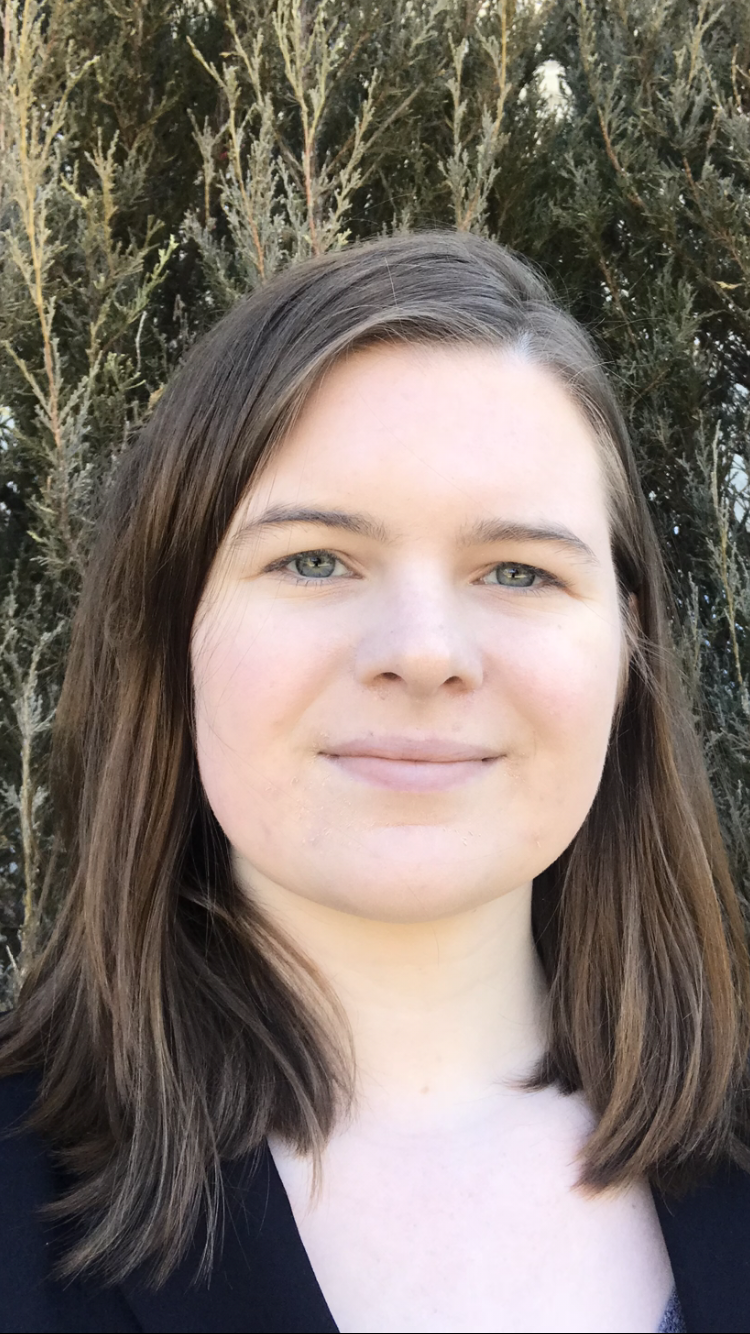Taking a YAP Year: Studying YAP in Optic Nerve Development and Regeneration in Zebrafish
 Name:
Samantha Ardery
Name:
Samantha Ardery
Major: Biology
Hometown: Indianapolis
Faculty Sponsor: Steven Henle
Other Sponsors:
Type of research: SURE
Funding: SURE
Abstract
The zebrafish (Danio rerio) eye closely models the human eye in anatomy and developmental process, however, zebrafish have the unique capability to regenerate their optic nerve after injury. Understanding the molecular and genetic mechanisms that allow zebrafish to develop and regenerate their optic nerve will assist development of therapies to treat optic nerve damage in humans. The Yes-associated protein (YAP) has been previously shown to be involved in the process of eye development and tissue regeneration. Understanding the role of YAP in development can improve the comprehension of the regeneration pathway as well. In order to study the role of YAP in development and regeneration, transgenic zebrafish with a UAS:constitutively active YAP (CA-YAP) gene have been mated with zebrafish with Isl2b:gal4 markers to express CA-YAP and an RFP in the cells of the optic nerve. Confocal microscopy was used to characterize the development of the optic nerve in the presence of CA-YAP. In the future, the effect of CA-YAP expression on optic nerve regeneration will be monitored in adult zebrafish as well. CRISPR will also be used to label the wildtype YAP gene with GFP in order to localize expression and activation of YAP in optic nerve development.
 Name:
Samantha Ardery
Name:
Samantha Ardery
